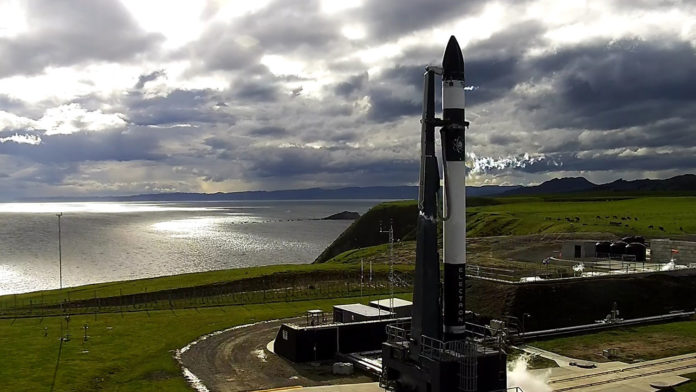If all goes according to the plan, Rocket Lab’s return-to-flight mission will lift off on August 26, 2020, from the Rocket Lab launch site in New Zealand. The aerospace company is returning to the pad less than eight weeks after the company experienced an in-flight anomaly on July 4.
In late July, Rocket Lab identified a faulty electrical connection at the upper stage of the Electron rockets as the cause of the issue. Company representatives stressed at the time that the boosters would be operational again. The company received approval from the Federal Aviation Administration (FAA) to resume launches after identifying the problem.
The mission will lift a satellite called Sequoia for the San Francisco-based company Capella Space. “Sequoia is a 100 kg class microsatellite and will be positioned in a 45-degree inclination. When fully deployed, our satellite constellation will offer hourly coverage of every point on Earth.”
The next mission slated to demonstrate recovery systems will be Rocket Lab’s 17th Electron launch, targeted for the fourth quarter of 2020 from Launch Complex 1.
The company’s overall vision involves the Electron being a reusable rocket. It plans to catch the falling Electron’s first stages out of the sky with a helicopter. The Electron is too small to make a vertical thrust landing like the first stage of SpaceX’s Falcon 9 rocket.
Rocket Lab also has views that go far beyond Earth’s orbit. The company plans to launch a life-hunting mission to Venus in 2023.
